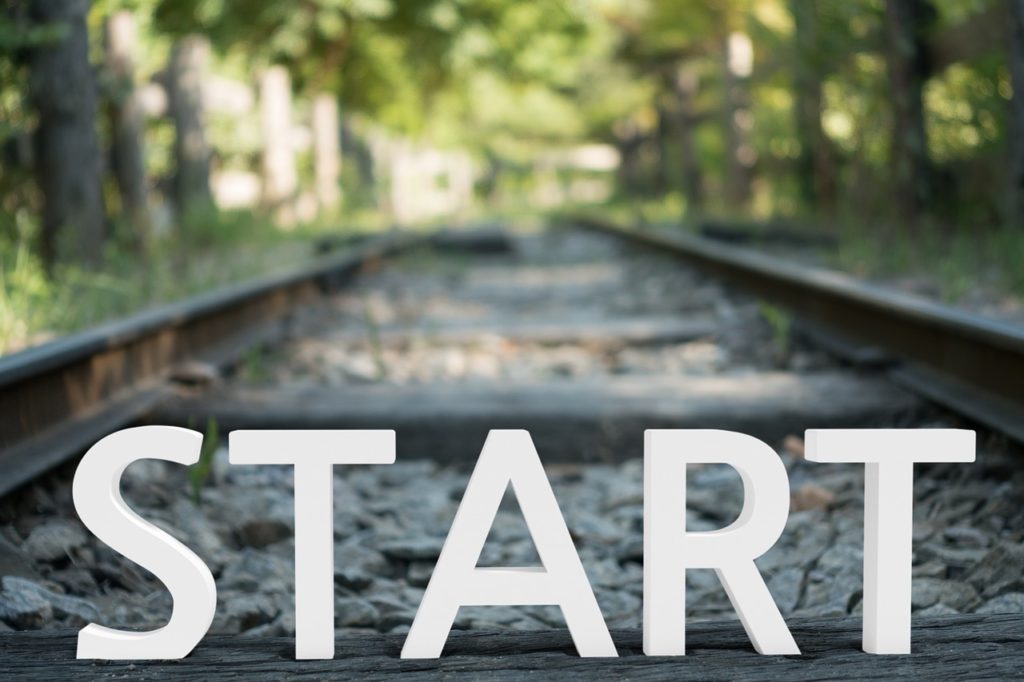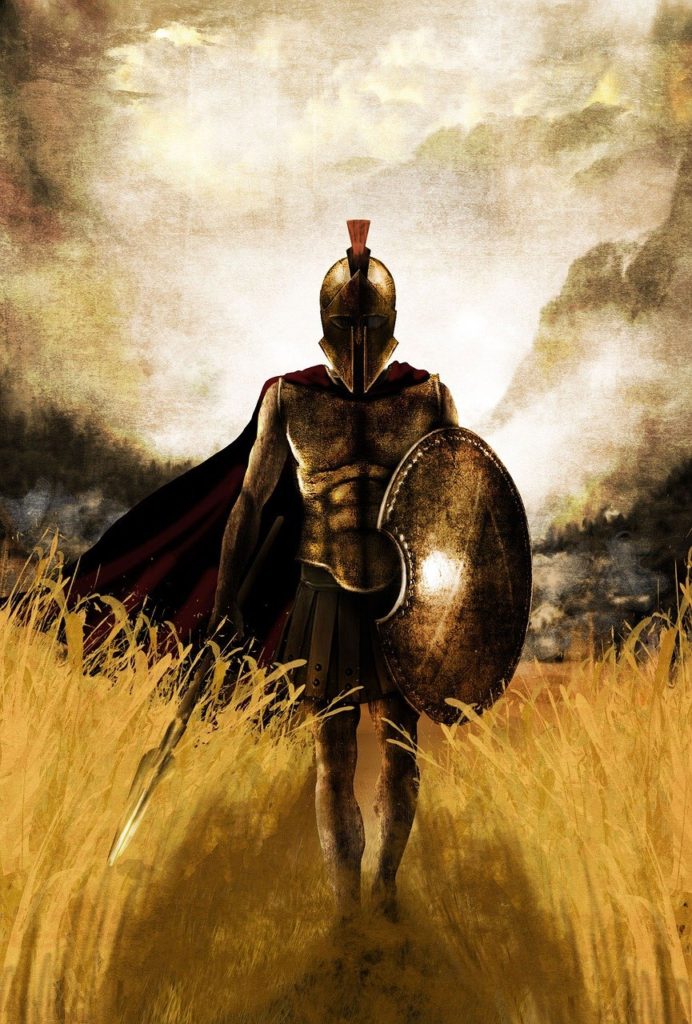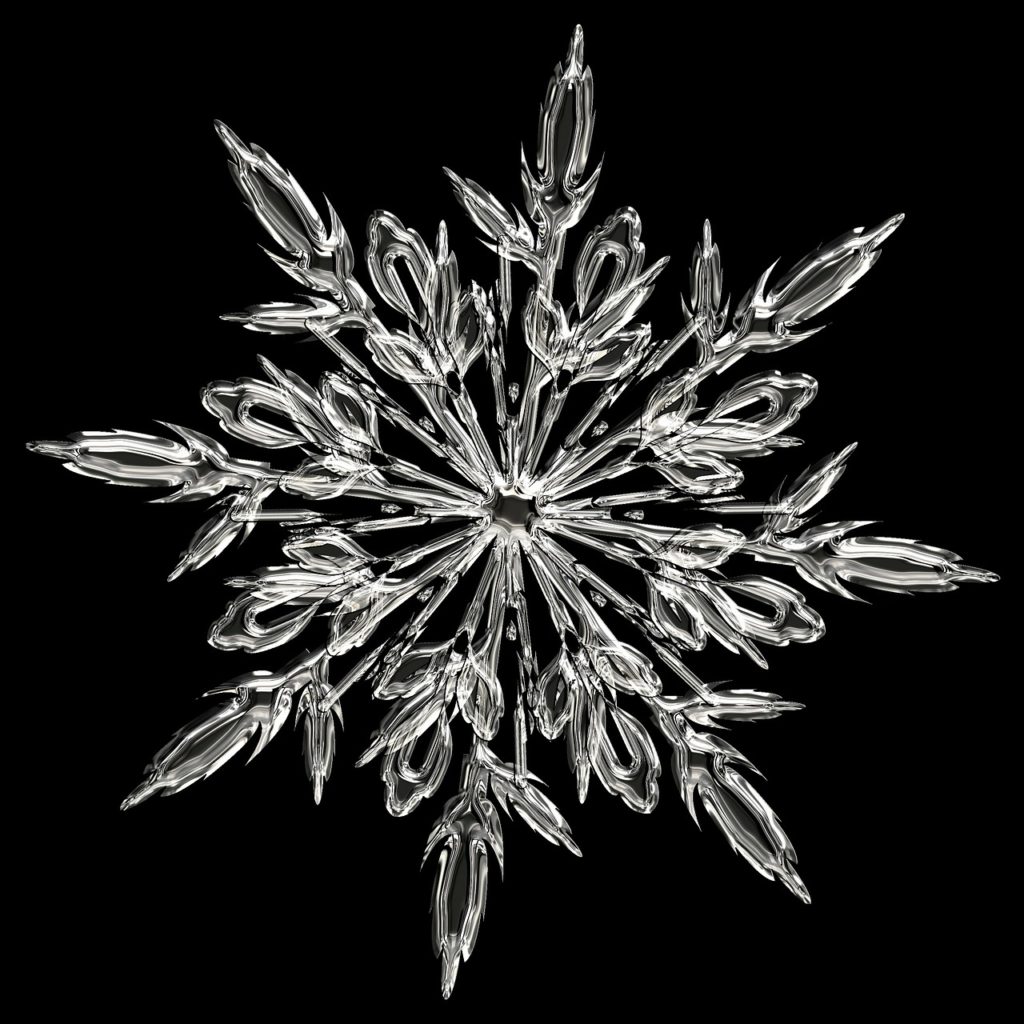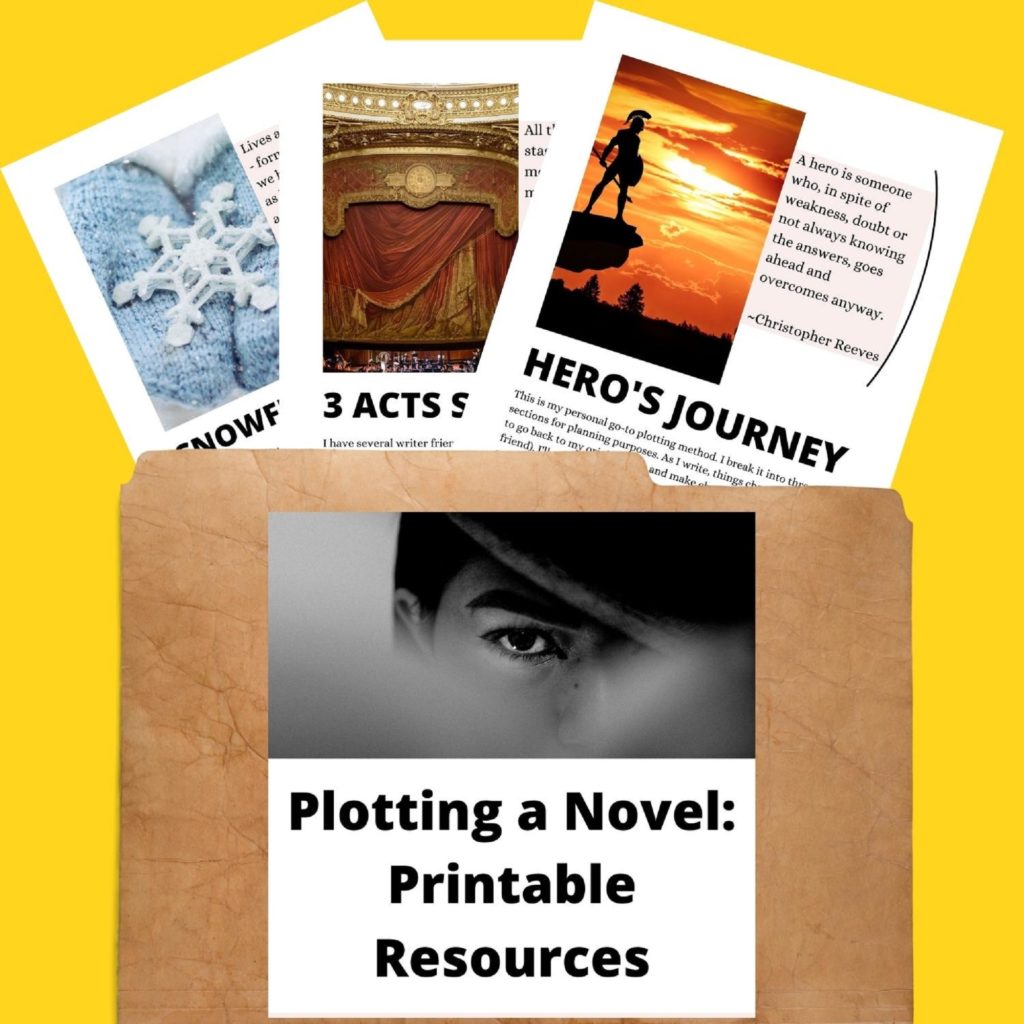4 Ways to Plot Your Novel: Which is Right for You?
Deprecated: The PSR-0 `Requests_...` class names in the Requests library are deprecated. Switch to the PSR-4 `WpOrg\Requests\...` class names at your earliest convenience. in /home3/writesq4/public_html/wp-includes/class-requests.php on line 24
There are many different ways to plot a novel. Some writers prefer to plan out every detail before they start writing, while others prefer to let the story “take control” and write as it comes to them. Which method is right for you? That depends on your individual writing style and preferences. In this post, I will discuss four of the most popular methods for plotting novels- the Hero’s Journey, Three Act Structure, Snowflake Method, and Fichtean Curve. I will go over the pros and cons of each approach, so you can decide which one is right for you!
What is Plotting?
Plotting is the process of planning out the events of your story. This can be done in a variety of ways, but typically involves creating a timeline of events, mapping out character arcs, and brainstorming key scenes. Some writers prefer to do extensive plotting before they start writing, while others only do minimal planning. There are pros and cons to both approaches, which we will discuss in more detail below.
Why is Plotting Important?
First, let me say that I am a dedicated and extensive plotter. I stare for hours at a blank screen if I don’t have my plot completely figured out from start to finish. It may change as I write, but I have to have that safety net. That being said, I know many writers who pants their novels (write by the seat of their pants) with great success. So why do I plot? For me, it’s a matter of control. When I’m staring at that blank screen, knowing what needs to happen next makes all the difference. It gives me the confidence to start writing and keeps me from getting stuck later on. If you’re a Pantser, more power to you! But if you’re like me and need that extra bit of planning, read on for some helpful tips.

How to Start Plotting a Novel
Now that we’ve talked about why plotting is important, let’s talk about how to do it! There are many different ways to plot a novel. Some writers prefer to start with the ending and work their way backwards, while others like to begin with the inciting incident and build from there. Personally, I like to start with my main character’s goal and brainstorm the key scenes that need to happen in order for them to achieve it. No matter which method you choose, there are a few key elements you should always keep in mind:
* The Inciting Incident: This is the event that sets your story in motion. It should happen early on- ideally within the first few chapters.
* The Climax: This is the big moment your character has been working towards (or running away from) throughout the story. Everything should build to this moment- it should be the most suspenseful, emotional, or action-packed scene in your novel.
* The Resolution: This is the aftermath of the climax and ties up any loose ends in your story.
Once you have these key scenes mapped out, you can start filling in the details! I like to create a timeline of events and jot down notes for each scene. This helps me keep track of my characters and makes sure I’m hitting all the important plot points.
What Are Some Popular Plotting Methods?
Now that we’ve talked about how to start plotting your novel, let’s discuss some of the most popular methods. These are the four that I use most often in my own writing:

The Hero’s Journey
This is a classic plotting method that was popularized by Joseph Campbell in his book The Hero with a Thousand Faces. It’s often used in epic fantasies and follows a similar pattern. If you’re looking for a tried-and-true plotting method, this is a great option.
The parts of a Hero’s Journey Include:
The Call to Adventure: The hero is presented with a challenge or quest.
The Refusal of the Call: The hero refuses the call, usually out of fear.
The Meeting with the Mentor: The hero meets someone who helps them prepare for the journey ahead.
The Crossing of the First Threshold: The hero enters unknown territory and faces challenges for the first time.
The Road of Trials: The hero faces a series of challenges and obstacles, each more difficult than the last. These challenges test the hero’s resolve and help them grow as a person. If they are successful, they will be transformed by the experience.
The Approach to the Inmost Cave: The hero prepares to face the final challenge. This is usually the darkest moment in the story, where everything seems lost.
The Ordeal: The hero faces the final challenge and triumphs. This is the climax of the story.
The Reward: The hero is rewarded for their bravery with treasures, power, or knowledge.
The Return: The hero returns home, transformed by their journey. They may have to face challenges on the way back, but they are now better equipped to deal with them.

The Three Act Structure
This is a popular plotting method used in movies and television. It’s also known as the “beginning, middle, and end” structure. This method is great for writers who want to focus on the basics of their story and leave room for discovery during the writing process.
The three-act structure includes:
Act One: The Setup. This is where we meet the characters and learn about the world they live in. The inciting incident happens in this act and sets the story in motion.
Act Two: The Conflict. This is where the main conflict of the story plays out. The stakes are raised and the character faces challenges they must overcome.
Act Three: The Resolution. This is where the conflict is resolved and loose ends are tied up. The character has changed by the end of this act and is ready to face the challenges of the new world they live in.

Snowflake Method
This method was created by author Randy Ingermanson and it’s great for writers who want to have a clear idea of their story before they start writing. It’s also helpful for writers who tend to get bogged down in the details. This method starts with a basic idea and then expands outward, adding more and more detail until you have a complete story.
The steps of the Snowflake Method are:
The Idea: Start with a one-sentence summary of your story. This is your “seed” that everything else will grow from.
The Characters: Develop your characters by answering questions about their backstory, personality, and goals.
The Plot: Expand your story by coming up with a series of events that will lead to the climax.
The Setting: flesh out the world your story takes place in. What kind of environment do your characters live in? What kind of society do they come from?
The Conflict: Identify the main conflict of your story and what obstacles your characters will face.
The Ending: Decide how you want your story to end. This should be the goal you’re working toward from the beginning.
Once you have all these elements, you can start writing your story!

Fichtean Curve
This method was created by German philosopher Johann Fichte and it’s great for writers who want to focus on the characters and their journey. This method starts with the character’s goal and then works backward, showing how they got to that point.
The steps of the Fichtean Curve are:
The Goal: What does your character want? This is the starting point of their journey.
The Reason: Why does your character want this? What motivates them to take action?
The Obstacle: What is preventing your character from achieving their goal? This is the main conflict of the story.
The Plan: How does your character plan to overcome the obstacle and achieve their goal?
The Attempt: Your character tries to execute their plan, but it doesn’t go as expected.
The Crisis: The situation reaches a breaking point and your character must make a decision.
The Resolution: Your character either achieves their goal or learns something important about themselves. Either way, they are changed by the end of the story.
Other Methods
There are other methods you can use to plot your novel. If these four didn’t work for you, check out some of the others. The most well-known include:

Frequently Asked Questions About Plotting a Novel

Final Thoughts about Plotting a Novel
Plotting a novel can be a daunting task, but it doesn’t have to be. By using one of the methods described above, you can structure your story in a way that works best for you. So what are you waiting for? Get plotting!
Which method do you think is right for you? Let me know in the comments below!
Happy writing!







